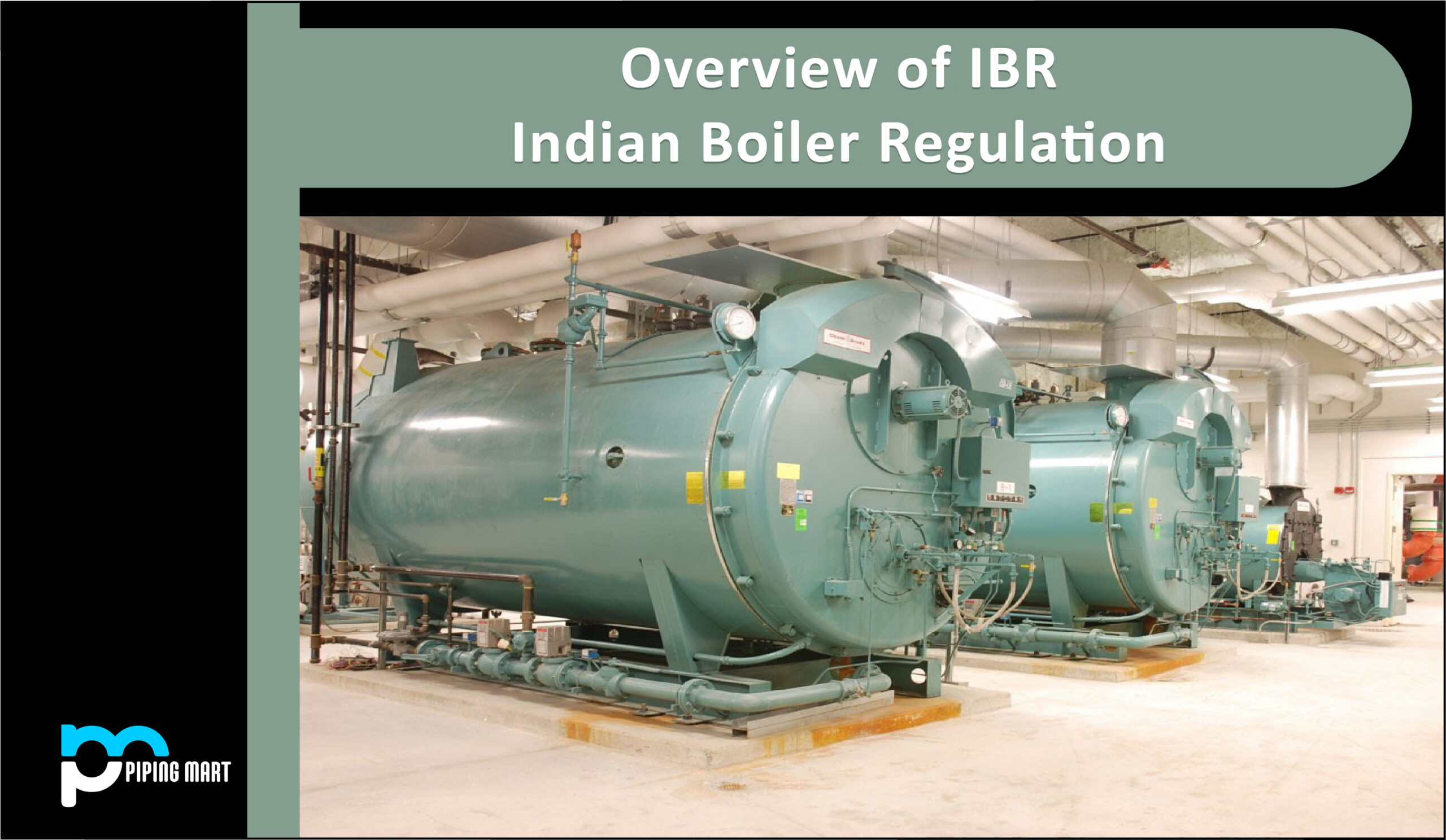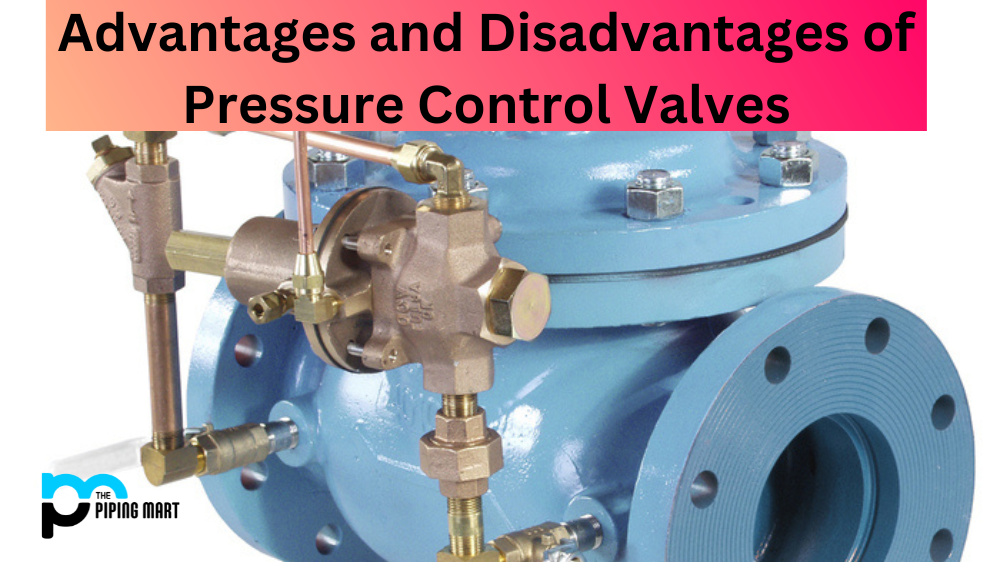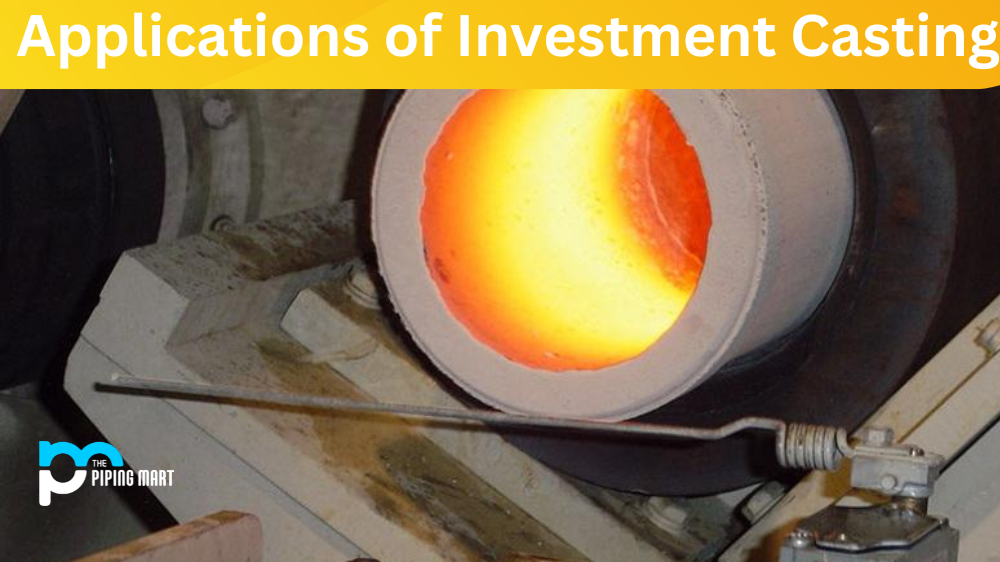What is IBR (Indian Boiler Regulation)?
An autonomous organization called Indian Boiler Regulation, or IBR, sets boiler production norms and controls them in India. The Indian Boiler Regulation Act of 1950 governs this subject. All of India accepts this law, except for Jammu and Kashmir. The IBR is essentially a building code that details the specifications for boilers and boiler-connected elements used in India, including design, material, fabrication, inspection, and testing.
According to Indian law, all types of boilers, boiler components, pressure vessels, and pipelines that either create steam or consume steam or feedwater must be designed, manufactured, inspected, tested, and certified under the Indian Boiler Regulation and the Boiler Act (IBR).
In India, it is illegal for any boiler user to install and operate a boiler without adhering to IBR regulations. Therefore, it is even more crucial to adhere to IBR regulations starting with design, material acquisition (directly from the mill where the initial cast was poured to provide traceability), stage-by-stage manufacturing, inspection, testing, certification, and installation.
Contracts for the provision of heat exchangers with steam or boiler feed as a medium on either one side of the exchanger or both sides frequently include compliance with IBR requirements. Additionally, not only in India but also in many other countries where their legal requirements accept it, IBR accreditation is acknowledged as a sign of the caliber of the producer and its products.
The Central Boilers Board in India has approved some Boiler Inspection and Insurance Companies as Competent Authority and Inspecting Authority. For coverage of areas where materials and pressure equipment may be sourced, approved companies have inspectors stationed in the U.S. and a global network of IBR inspectors.
Why is IBR necessary?
The IBR authorities may take legal action against the parties involved if certain Norms, as per IBR rule, are broken. IBR piping must be designed, constructed, installed, and thoroughly tested following the most recent IBR code if an accident happens on site and IBR rules are not followed.
If boilers and related components are used in India, manufacturers and suppliers must abide by the Indian Boiler Regulations. Boiler construction must be overseen by an inspecting officer and must undergo inspections at every stage of the process.
Advantages of IBR Approval?
IBR Boilers have several benefits, which are detailed below:
-Explosion risk is reduced because the entire system was made with IBR-approved materials.
-There won’t be any legal issues because they have been approved by IBR, which further guarantees peace of mind.
-Longer tube life and less breakdown are ensured by IBR design and construction compliance.
-The last step is overall safety assurance. third-party examination authorized by the Indian government.
What is IBR Service?
IBR services refer to the testing, certifying, and inspection services, including but not limited to pipe fitting and valve design assessment and approval (Form III-C) in IBR services. Also, pipes in steam services are subject to inspection, testing, and certification (Form III-A), material evaluation, certification, and testing (Form IV-A). Only for IBR purposes, witnessing tests mandated by the Indian Boiler Regulation 1950 or the Code approved by the Central Boilers Board for particular goods, inspections of the weld quality and control of the fabrication process, observation of the test specimen being welded for the procedure or welder certification. Additionally, observing all laboratory destructive and non-destructive tests on welded test pieces, certification of welding techniques and welder qualifications, and Welders’ re-certification (Form XII and XIII).
IBR followed by Piping Services
Steam Piping: It includes, high-high pressure steam (HHP), high-pressure steam (HP), medium pressure stream (MP) as well as low-pressure stream (LP).
Condensate Piping: This comprises, high-pressure condensate (HC), medium-pressures condensate (MC), and low-pressures condensate (LC).
Boiler Feed Water Piping: High-pressure boiler feed water (HP), Medium-pressure boiler feed water (MP) along with Low-pressure boiler feed water (LP) are included.
Specific Piping Services include:
- Any steam or condensate line whose design pressure is greater than 3.5 kg/cm2.
- Any steam and condensate line with a diameter greater than or equal to 10″NB and a design pressure greater than 1 kg/cm2.
- The scope of IBR includes all steam and condensate lines connecting IBR equipment. Conduits from the BFW pump to the boiler carrying boiler feed water. These below-ground plumbing services typically adhere to IBR. These topics typically fall beyond IBR’s purview. Heating coils and heating tubes in tanks, steam tracing pipework, and piping with a steam jacket.
How to get the IBR Approval?
Following are the steps to get IBR Approval-
-By preparing IBR packages
-Drawings that are required and inspection fees per IBR are to be forwarded to the divisional boiler inspector.
-Only after the drawing is in the approval stage can construction begin with the fabrication and erection of structures.
-Following drawing approval, the appropriate contractors must obtain fabrication and welding approval. The contractor can get to work after receiving an introduction letter.
-The divisional boiler inspector must be offered the materials that will be utilized for the project after they have received approval.
-Following NDT (Non-destructive testing) of the work, CIB approval is required (chief inspector of boiler)
-Following NDT approval, lines must be provided to the divisional boiler inspector for the hydro test.
-The work can be regarded as finished after the hydro test.’
-The design engineering team is in charge of the final task closeout and comprehensive approval beginning with the drawing stage.
Documents attached in IBR Package
Following are the documents attached: drawing index, pipes data, general remarks packaged by IBR Design, table of pipe wall thickness, calculation sheet for pipe wall thickness, piping report in class, and pipe diagrams.
Use of the substance requires an IBR stamp. The main difference between the materials used for IBR and those used for ASTM STD is that the materials for IBR must have the following certificate:
For pipes, Form IIIA.
For fittings, Form IIIC.
The boiler inspector in the vendor shop at that time must inspect and stamp the aforementioned materials.
All pipes must be commercially straight and free of longitudinal seaming, grooving, blistering, or other surface damage, according to the Indian Boiler Regulation. The pipes’ ends must be square-cut. The installed pipes must have sufficient support.
All equipment and materials must be imported into India with an accompanying certificate stating that all imports comply with the IBR because the Indian Government has strictly enforced the IBR.
Identification of equipment adhering to IBR
- Any closed vessel with a capacity greater than 22.5 liters that are used only to generate steam under any pressure for a process, as well as any mounting or other fittings connected to such vessels that are either fully or partially under pressure when the steam is cut off.
- Any condensate from steam users that is used in a flash drum to treat steam for later use. IBR will include items like heat exchangers, containers, and condensate pots. However, IBR does not apply to steam users whose output condensate is vented (without isolation) to the atmosphere or flashed to atmospheric pressure. In these situations, the final isolation valve on the steam line upstream of the apparatus is where the IBR standard break is made.
- Regardless of the pressure or volume of steam produced, any equipment that takes steam condensate and produces flash steam for use in a subsequent process is subject to IBR’s jurisdiction. However, regardless of the pressure or quantity of steam produced, if the same equipment receives condensate to produce flash steam that is vented to the atmosphere (without isolation), IBR regulations will not apply.
- The IBR scope includes all steam economizers and steam superheaters.
- IBR applies to all steam users whose outlet condensate piping is attached to IBR machinery. Even though the condensate is connected to IBR equipment in the instance of a steam turbine, the steam turbine is not protected by IBR.
- The boiler feed water pump and the deaerator that operates at 1.05 kg/cm2 pressure are outside the purview of IBR. IBR applies to all steam users whose output condensate piping is attached to IBR machinery. Even though the condensate is connected to IBR equipment in the instance of a steam turbine, the steam turbine is not protected by IBR.

Pipingmart is B2B portal specializes in industrial, metal and piping products. Also, share latest information and news related to products, materials and different types grades to help business dealing in this industry.




